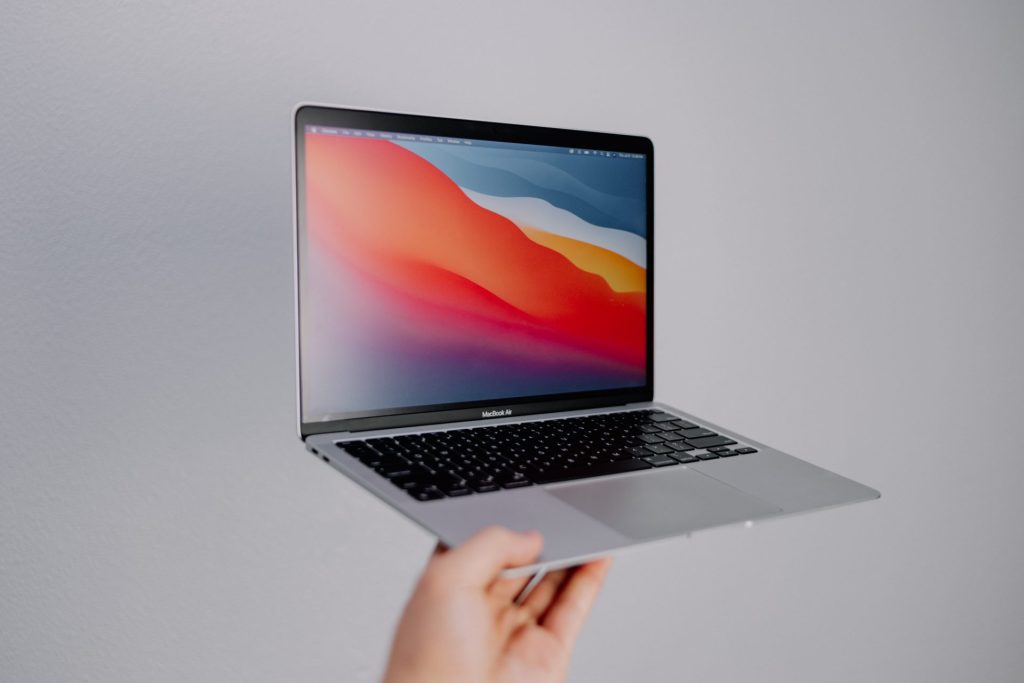Introduction to Closing Applications on MacBook Air
As a MacBook Air user, you may have noticed that your device can slow down or become unresponsive at times. One of the main reasons for this is the presence of unnecessary applications running in the background.
Not only do these apps take up valuable memory and processing power, but they can also drain your battery life. To ensure that your MacBook Air is running at its best, it’s important to regularly close any unnecessary applications.
In this article, we’ll explain why closing applications is important for improving your MacBook Air’s performance, and provide step-by-step instructions on how to do it. We’ll also cover what to do if you encounter a frozen application, as well as how to prevent apps from launching automatically when you start up your MacBook Air.
Finally, we’ll offer some tips for optimizing the overall performance of your device. So, if you want to keep your MacBook Air running smoothly and efficiently, read on.
How Closing Applications Improves Performance
Knowing when and why to close applications is essential for maximizing the performance of your MacBook Air. Closing applications on a regular basis can help prevent the accumulation of resource-hogging junk that slows down your operating system.
It is important to recognize that while most apps might appear to have closed after switching away from them, they are often still running in the background, consuming valuable RAM and CPU usage. Shutting them down completely can ensure that only the most necessary processes are taking up system resources, making your computer faster and more efficient as a result.
Moreover, closing apps can help reduce battery drain, as unnecessary functions are no longer running in the background. The bottom line is: regularly closing apps on your MacBook Air ensures its long-term performance over time.
Checking Running Applications
Knowing how to manage your MacBook Air applications is an important part of ensuring that your laptop is running efficiently and securely. One key task involves understanding how to check which applications are running in the background, so you can decide if anything needs to be closed or adjusted.
If your laptop slows down or starts to act unexpectedly, it’s a good idea to open up Activity Monitor and take a look at what’s happening – this will display any apps using excess resources, potentially creating strain on your device.
There are also other system preferences you can adjust depending on the need for extra security or application settings generated by app permissions; plus any memory-consuming programs you can easily spot and close manually whenever necessary.
Checking regularly is an effective way of keeping your laptop protected and running smoothly.
Closing Applications

Closing applications on your MacBook Air is an easy process. In order to close all open applications, you need to press Command + Option + Escape together. This will bring up a list of open applications, from which you can select the ones you wish to exit.
You can also click on the application name and select Quit from the dropdown menu in the top left corner of the screen.
To close a single window within an application, simply click the red X button in the top left corner of that window.
Finally, if you need to quit a few applications quickly, you can again press Command + Option + Escape, followed by Command + Q. This will quit those applications that are checked off in the list displayed when you pressed Command + Option + Esc.
Following these steps should help you easily manage and close applications running on your MacBook Air quickly and easily.
Dealing with Frozen Applications
If an application is unresponsive or frozen on your MacBook Air and won’t close, you have several options. The easiest solution is to force quit the application, which will instantly and automatically shut down the program.
To do this, open the Apple menu in the upper left-hand corner of your screen and select Force Quit. Your Mac will then display all open applications—just click on the application you want to close and press Force Quit.
However, if that doesn’t work, restarting your MacBook Air might do the trick. Go to the Apple menu again and select Shut Down. Once your Mac finishes shutting down, turn it back on normally to re-open all programs.
If a restart does not solve the problem, contact Apple Care for help in resolving it via phone or online messaging with an agent.
Preventing Automatic Startup of Applications
If your MacBook Air is programmed to open certain applications upon startup, it can become quite tedious. To prevent this from happening, you need to go into the “System Preferences” pane and click on “Users and Groups”.
From there, select your name and under “Login Items” you can either tick or untick the apps to allow them to appear at startup. Be aware that unchecking an item does not delete it; instead, it is simply hidden during start-up.
Once completed, click “Add” if you would like the newly checked items added to the list, and then select “OK” when finished. Following these steps should prevent applications from launching automatically when starting a MacBook Air.
Improving Overall Performance
As the performance of your MacBook Air is vital to your productivity, a few useful tips can go a long way. First of all, considering the device’s purpose and the software installed on it, make sure you update everything regularly to ensure the optimum performance output.
Manage space carefully by removing unnecessary files from time to time and reduce clutter by organizing shortcuts. Clearing out memory-heavy applications when not in use can also help as they keep running in the background unless you quit explicitly.
Another aspect to consider is its hardware: check whether all cables are connected securely inside its body and whether there are signs of dust particles blocking air vents — this can cause poor heat dissipation and subsequently affect machine efficiency.
Lastly, make sure you back up frequently so that you have easier access to your files if any incident occurs.
Conclusion
Regardless of the reason you might need to close applications on your MacBook Air, it’s easy to do. Simply follow the steps in this article and you’ll be up and running again in no time. Knowing how to force quit applications or prevent them from opening automatically at startup can save you a lot of time and frustration.
In addition, taking the right steps to keep your MacBook running optimally will help maintain its performance over time. With these tips in mind, you should have no trouble managing your applications on your MacBook Air.
Frequently Asked Questions
To close an application on your MacBook Air, simply click the red X in the upper left corner of the application window, or press Command + Q. You can also open the Apple menu and select Force Quit to close any unresponsive applications.
Closing applications on your MacBook Air can give you more free memory, help reduce clutter and make sure that the necessary apps are running efficiently. This can also improve the overall performance of your device.
By closing applications that are not in use and clearing out memory-heavy applications, you can free up RAM and improve your device’s performance.
Additionally, optimizing space, managing cables inside its body, and backing up regularly can help maintain the machine’s efficiency over time.
The simplest way to close an application on a MacBook Air is to select the application window you wish to close and choose the ‘Quit’ option from the menu bar, or press Command + Q.
However, if an application stops responding, you can force it to close using the Force Quit dialog. To access this, press Command + Option + Escape simultaneously to bring up the Force Quit applications window. Select the application you want to close and click ‘Force Quit’ on the bottom right corner of the window and it will be closed.
Sometimes, force quitting an unresponsive application may cause unsaved data and work to be lost, so it is always advisable to try the ‘Quit’ option first.

